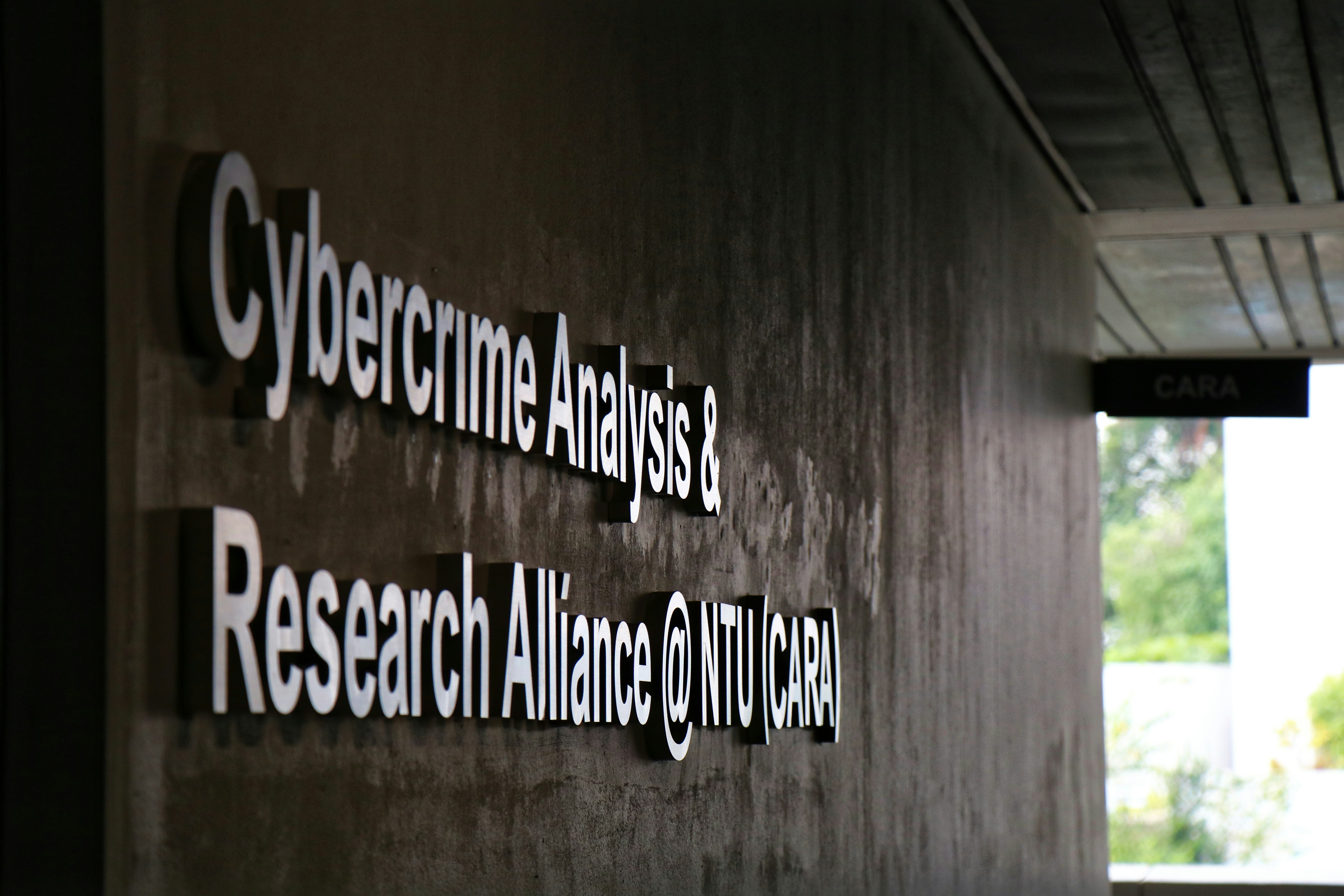Understanding Business Email Compromise (BEC)
Business Email Compromise (BEC) is a sophisticated form of fraud that involves the exploitation of legitimate email accounts specifically targeting businesses. This type of corporate fraud typically aims to deceive employees into executing unauthorized transactions, often resulting in significant financial losses. Cybercriminals manipulate trusted business identities to carry out their schemes, leading to dire consequences for affected organizations.
The significance of BEC lies in its versatility and the ease with which attackers can manipulate victims. These phishing attacks can take numerous forms, including impersonation of company executives or trusted partners, requests for sensitive data, or prompts to transfer funds under the pretense of urgent transactions. By capitalizing on social engineering tactics, perpetrators manage to bypass traditional security measures and prey on human error.
Statistics underscore the alarming prevalence of BEC incidents. According to the Federal Bureau of Investigation (FBI), reported losses from BEC scams reached over $1.8 billion in 2020 alone, marking a substantial increase from previous years. These figures highlight the critical impact of business email compromise on organizations worldwide, with losses stemming from disrupted operations, affecting both employee morale and company credibility.
Moreover, the ongoing evolution of these scams challenged even the most vigilant companies. Criminals continuously adapt their tactics, utilizing advanced technology that further complicates detection and prevention efforts. Therefore, it is crucial for organizations to bolster their email security and instill robust training programs for employees to recognize and respond appropriately to potential threats.
As BEC scams become more sophisticated, understanding the nuances of this fraud type is vital. Companies must acknowledge the severity of such threats to safeguard their resources and ensure the integrity of everyday transactions, employing strategies such as Transactions Anomaly Watch (TAW) as proactive measures against potential attacks.
Common Tactics of BEC Scammers
Business Email Compromise (BEC) scams have become a prevalent form of corporate fraud, affecting numerous organizations across various sectors. Scammers employ a variety of tactics that leverage human psychology and flaws in email security to deceive their targets. One of the most common strategies is impersonating high-ranking officials within the company. By using social engineering techniques, these fraudsters may craft messages that appear to come from executives, requesting sensitive information or authorizing unauthorized transactions.
Additionally, scammers often utilize spoofed email addresses. They can create addresses that closely resemble legitimate corporate emails, making it difficult for recipients to discern the difference. For instance, a scammer might replace the letter ‘l’ with a ‘1’ or alter the domain slightly to mislead the recipient. This tactic is often coupled with fraudulent messages that instill a sense of urgency. For example, an employee might receive an email stating that immediate action is required to resolve an urgent issue, pressuring them to respond without proper verification.
Real-world examples highlight the effectiveness of these tactics. In one case, a large corporation lost millions when an employee unwittingly transferred funds after receiving an urgent email purportedly from their CEO. The urgency created by the email led to a lack of due diligence in confirming the request, illustrating how BEC scams exploit organizational weaknesses. Similarly, in another incident, a finance manager was tricked into providing sensitive banking information through a combination of spoofed emails and misleading requests. These strategies show that BEC scammers are not only adept at exploiting technology but also at manipulating human cognition to achieve their malicious ends.
Preventing BEC Attacks: Best Practices for Organizations
In today’s digital landscape, businesses face an increasing threat from business email compromise (BEC) and other forms of corporate fraud. To mitigate these risks effectively, organizations must adopt a multi-faceted approach to email security. One critical preventive measure is implementing multi-factor authentication (MFA) for all email accounts. MFA adds an additional layer of protection by requiring users to verify their identity through an additional method, such as a text message or authentication app, thereby reducing the risk of unauthorized access.
Regular employee training is another essential component in combating phishing attacks and BEC scams. Employees should be educated on the latest tactics employed by cybercriminals and trained to identify suspicious emails. This training should include recognizing threats such as unexpected invoices, requests for wire transfers, or communications from unfamiliar sources. Keeping staff informed can empower them to act as the organization’s frontline defense against email-related fraud.
Secure management of sensitive information is equally crucial. Organizations should adopt protocols for handling confidential data, including encryption and secure file transfer methods. Additionally, maintaining up-to-date software and email filtering systems can help to block malicious emails before they reach the inbox. Regular software updates not only protect against known vulnerabilities but also enhance overall email security.
Moreover, employing a transactions anomaly watch (TAW) can assist organizations in monitoring transactional activity for any irregularities. By identifying unusual patterns in email communication or transactions, a business can take proactive measures before a breach occurs. Integrating this technology within a comprehensive cybersecurity strategy will fortify a company’s defenses against the ever-evolving threats of business email compromise.
By prioritizing these best practices, organizations can take significant steps toward preventing BEC attacks and securing their vital communication channels against corporate fraud.
Responding to BEC Incidents: Steps to Take Immediately
When an organization suspects that it has fallen victim to a business email compromise (BEC) attack, it is crucial to act swiftly and decisively. These phishing attacks can lead to significant financial losses and corporate fraud, making immediate response essential for mitigating damages and rebuilding trust. The first step should be to alert the IT department. They must quickly assess the situation to determine the severity of the breach and isolate affected systems. This immediate action will help prevent any further unauthorized access to sensitive company information.
Next, it is important to inform the legal team about the incident. They can provide guidance on the legal implications of the breach and assist in developing a formal response plan. Reporting the incident to relevant authorities, such as the Federal Bureau of Investigation (FBI), should also be prioritized. The FBI has resources and protocols designed specifically for handling BEC scams and can provide assistance in recovering lost assets.
Furthermore, affected partners or clients should be notified just as promptly. Transparency in communication is vital to maintain trust, as many organizations rely on each other for ensuring business continuity and security. Providing clear information about what occurred and the steps taken to address it will help mitigate potential reputational damage.
After addressing immediate concerns, conducting a thorough post-incident analysis is critical. This process should include a review of the organization’s email security protocols and an assessment of any transaction anomalies that may have contributed to the breach. Identifying vulnerabilities will aid in putting more robust preventive measures in place, which may include staff training on identifying phishing attacks and enhancing the overall cybersecurity posture of the organization. By taking these steps, companies can recover from BEC incidents and fortify themselves against future threats.


